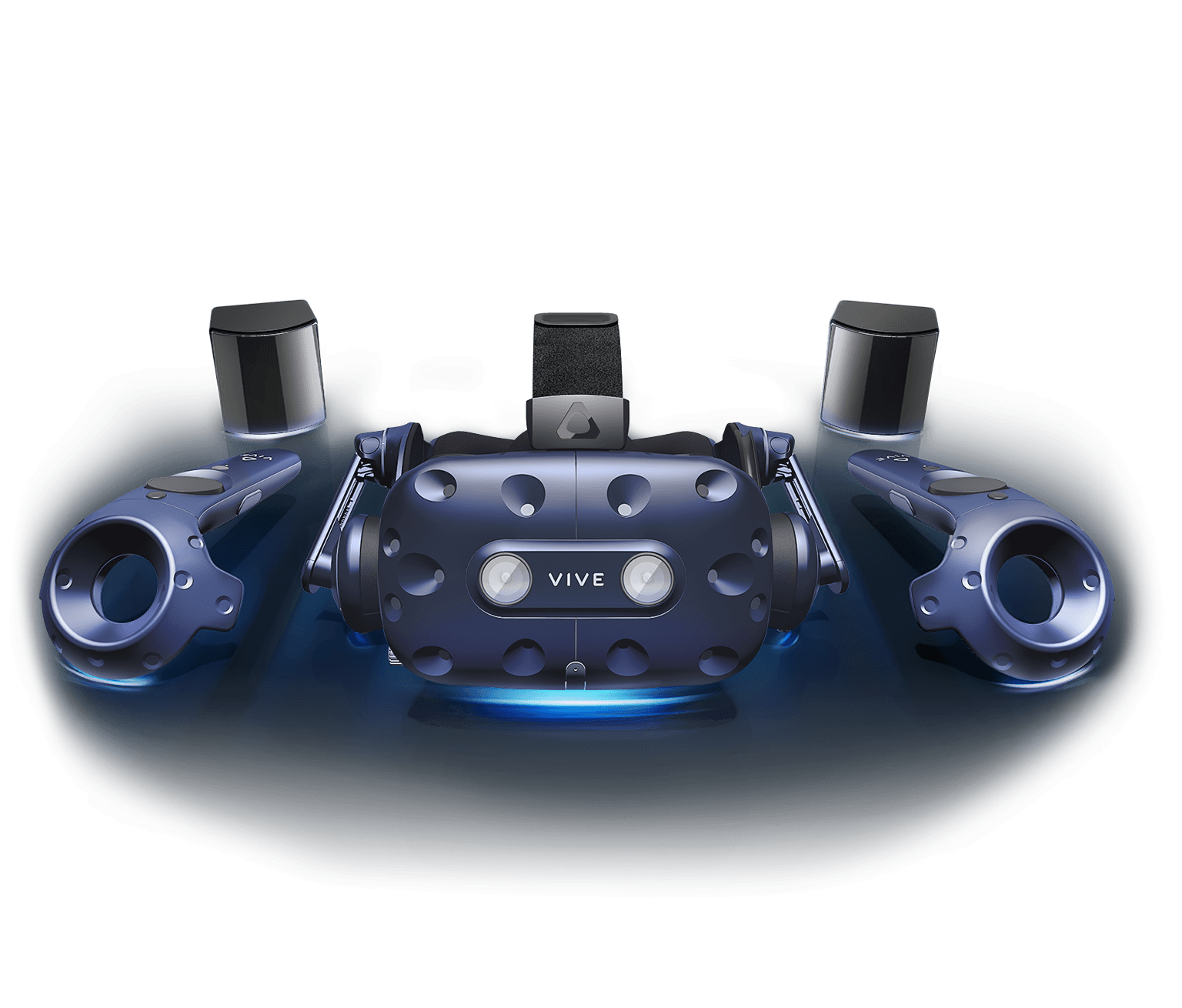


With Windows Holographic available to run on any AR and VR device, desktop environments in VR will eventually come a dime-a-dozen. So, if you’re a developer, which platform would you develop for? The one from a new, small company where support and longevity is questionable, or the one most likely to succeed at spreading Windows to all devices and who is clearly in it for the long, long haul? They spent all of their time DUPLICATING what now is already built in to Windows and freely available on pretty much any VR and AR device that chooses to support it. They had no idea that Windows Holographic would eventually run on VR devices. You see, the Envelop people were working under the assumption that Microsoft WOULD NOT open Windows Holographic to platforms other than HoloLens. Windows Holographic is intended to do a WHOLE LOT more, but placing a flat application window around you in a Windows Holographic environment is only one or two lines of code.
Vive vr desktop windows 10#
Perhaps you’re not aware of it, but Microsoft recently opened up Windows Holographic (the Windows 10 component that powers the AR/VR environment of HoloLens) to operate with AR and VR devices from other vendors, including Oculus Rift and HTC Vive. It’s great that the Envelop VR folks have worked hard at producing their own SDK. Sure, they MIGHT, but I’m afraid the might that Microsoft has beat them to the punch by a number of years on tens to hundreds of related patents is a mighty bit more probable than the might you cite.


 0 kommentar(er)
0 kommentar(er)
